Understanding RPM: What They Are and How They Work?
The number of crankshaft rotations that occur in a minute is called RPM, or revolutions per minute. The engine crankshaft must convert the pistons’ up-and-down motion into rotational motion to propel the vehicle’s wheels. The engine’s RPM is displayed on the RPM gauge, often known as the tachometer, which aids the driver in keeping track of the engine’s efficiency. RPM can change according to the road’s conditions and the car’s speed.
For instance, the RPM will be higher when traveling faster than driving slower. RPMs may differ based on the vehicle’s gear, with more RPM needed for lower gears and fewer RPM needed for higher gears. RPM can affect a car’s and the engine’s performance and monitor engine performance. Reduced fuel efficiency and lower power output can be caused by excessively high or low RPMs, which might indicate an issue with the engine or transmission.
Quick Causes:
- Faulty spark plugs or wires cause misfires.
- Vacuum leaks affecting engine air intake.
- Malfunctioning throttle position sensor impacting throttle control.
- Clogged fuel injectors disrupt fuel delivery.
- Worn or damaged fuel pump affecting fuel pressure.
Quick Solutions:
- Check and clean the throttle body for any dirt or obstruction.
- Inspect the air filter and replace it if necessary.
- Test and replace spark plugs if they are worn out.
- Examine the fuel injectors for clogging and clean them.
- Scan for any error codes and address specific issues.
- Check the mass airflow sensor and clean or replace it if needed.
- Ensure the engine’s idle control valve is functioning correctly.
- Inspect all vacuum hoses for leaks and repair as necessary.
Causes of Fluctuating RPM While Driving
There are several potential causes of fluctuating RPM while driving, including,
Dirty or faulty sensors
Over time, the engine’s sensors, which keep tabs on things like temperature, fuel injection, and air intake, could get dirty or malfunction, giving false readings and erratic RPM and causing inaccurate readings to occur. A break or hole in the vacuum system might give the engine false information about how much air is entering it, causing the RPM to fluctuate. When driving, the RPM may change due to cylinders that don’t fire properly from an ignition system problem.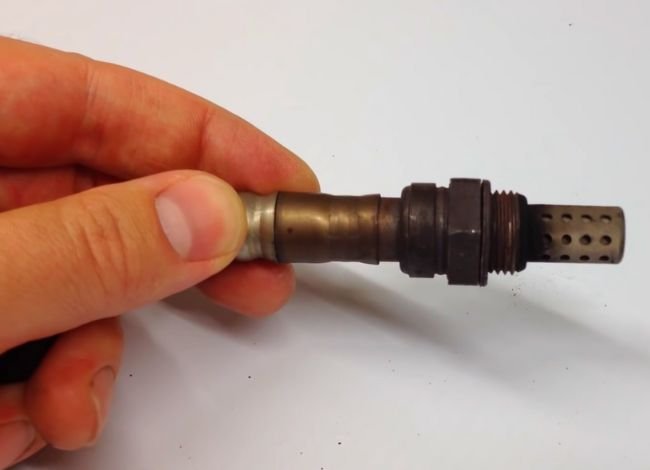
Malfunctioning throttle sigma
The throttle body regulates how much air gets into the engine; the RPM can change if it gets dusty or breaks down, the RPM can change. The flow of air entering the machine might be restricted by a filthy or clogged air filter, which can cause the RPM to change. RPM fluctuations can occur while driving due to transmission faults, such as slipping gears or a failed torque converter. Insufficient fuel delivery to the engine can result from fuel system issues, such as a clogged fuel filter or a broken fuel pump, which can change the engine’s RPM.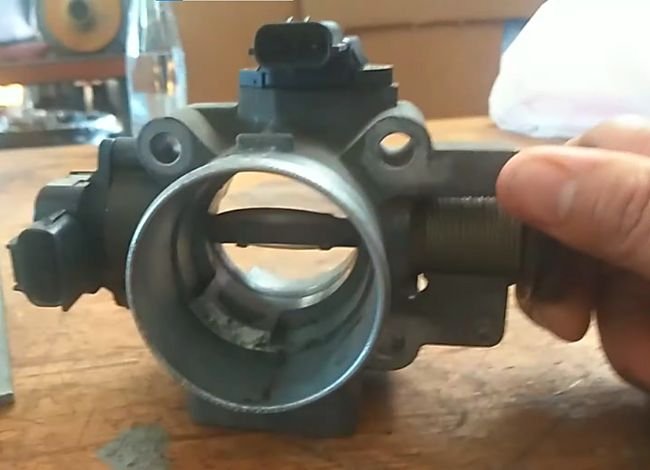
Malfunctioning idle air control valve
When a car is idling, the idle air control valve manages the amount of air that enters the engine. Its failure may result in the RPM varying while the vehicle is being driven, particularly when stopping or slowing down. Piston rings, valves, and bearings are a few examples of worn-out or damaged engine parts that can result in a loss of power and erratic engine RPM. The engine may not receive enough power due to electrical issues, such as a battery or alternator that isn’t functioning properly, which may cause the RPM to change.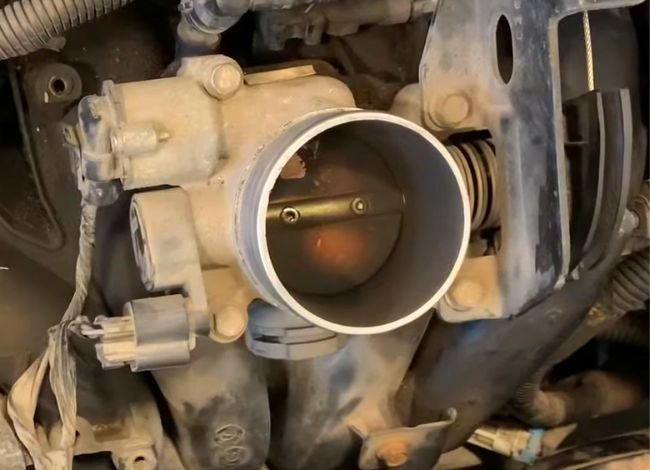
Faulty fuel injectors
The amount of fuel that the fuel injectors provide to the engine may not be improved if they become blocked or break down, which can cause the RPM to fluctuate. Troubleshooting throttle position sensors To manage the amount of fuel and air that enters the engine, the engine control module receives a signal from the throttle position sensor, which detects the position of the throttle pedal. The RPM may change if the sensor isn’t working properly. Blockage in the catalytic converter The engine may lose power, and the RPM may fluctuate due to a blocked catalytic converter, which restricts the flow of exhaust gases.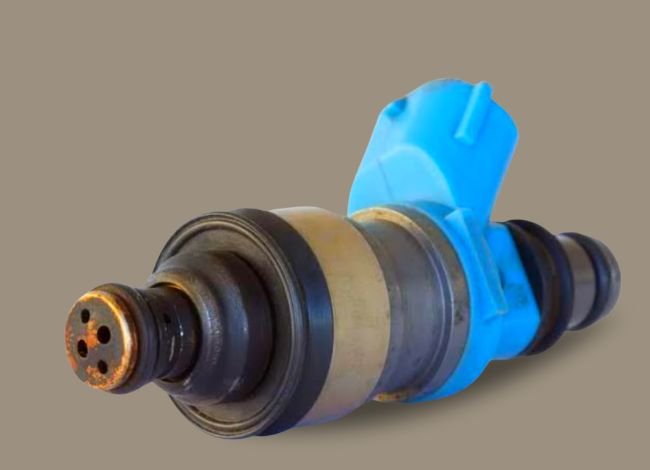
How to Identify the Source of RPM Fluctuation?
There are numerous possible causes of RPM fluctuations, making it difficult to pinpoint their origin. But, there are some actions you may take to focus your investigation.
Watch for changes in the RPM. Note whether the RPM only fluctuate when the car is idling and when they do. Look for any warning lights. Look for warning lights on the dashboard, such as the check engine light, which may indicate the source of the issue. Pay attention to any odd engine noises. Any strange engine noises, such as knocking, may indicate a problem with an engine component.
With a suitable diagnostic instrument, examine the air filter. To prevent a restriction in the air passage to the engine and erratic RPM, inspect the filter to check whether it is dirty or blocked. Examine the fuel system. A failing fuel pump or clogged fuel filter can prevent the engine from receiving enough gasoline, which can cause the engine’s RPM to fluctuate. Inspect the fuel system for these problems. Verify the vacuum system.
Related: How to test a car battery with a multimeter?
Examine the system for any cracks or leaks that might be causing the engine to obtain inaccurate information about how much air is entering the engine and causing irregular RPM. A skilled mechanic can access the engine control module’s stored codes to run a diagnostic scan and find any problems causing the RPM oscillations.
Step-by-step Solutions to abolish RPM Fluctuation
These are some general measures you can take to address the issue of variable RPM, although the remedies will depend on the underlying cause.
Stage-1
When everything first started, Air filter maintenance or replacement. To ensure that the engine receives the right amount of air, clean or replace the filter if it is dusty or blocked. If required, replace faulty sensors. To ensure accurate readings and avoid RPM variations, have any engine sensors that are found to be defective replaced. Repair vacuum leaks. To avoid giving the engine inaccurate information about air intake, have any cracks or leaks in the vacuum system rectified.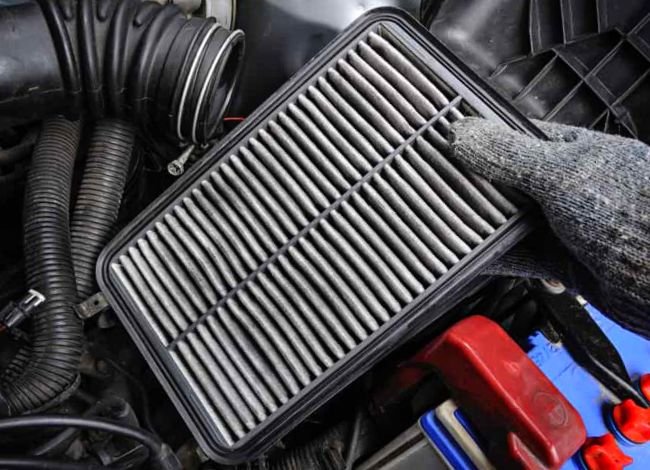
Stage-2
To guarantee that the air supply to the engine is properly regulated, the throttle body may need to be replaced if it is broken or unclean. Fix problems with the ignition system: To prevent oscillations in RPM, any ignition system issues, such as misfiring cylinders, must be fixed. To stop RPM fluctuations, the transmission slipping, or the torque converter failing, these problems must be fixed. The fuel system’s issues, such as a clogged fuel filter or a broken fuel pump, must be fixed if they exist if you want to make sure the engine is getting enough fuel.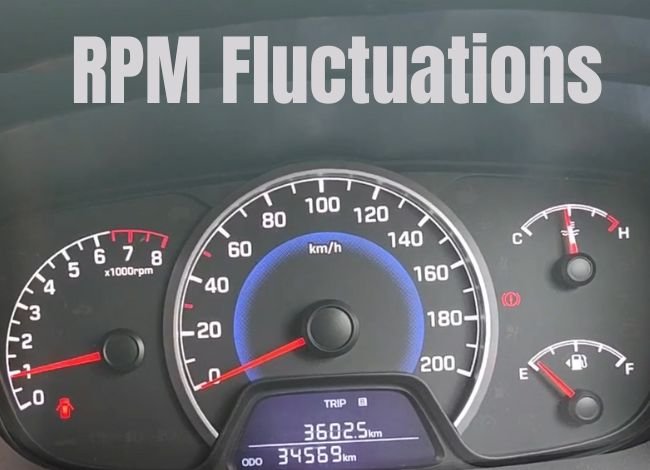
Stage-3
In order to guarantee that the engine is receiving enough power, electrical system issues like a malfunctioning alternator or battery must be fixed. Place the throttle properly and move it. In order to guarantee adequate air and fuel intake management, the throttle position sensor may need to be changed if it malfunctions. The problems with the catalytic converter. The catalytic converter must be cleaned out if it is clogged to ensure adequate exhaust gas flow. It’s crucial to remember that pinpointing and correcting the root cause of changing RPM can be challenging. Therefore, it may be required to seek the advice of a competent mechanic to identify and address the issue precisely.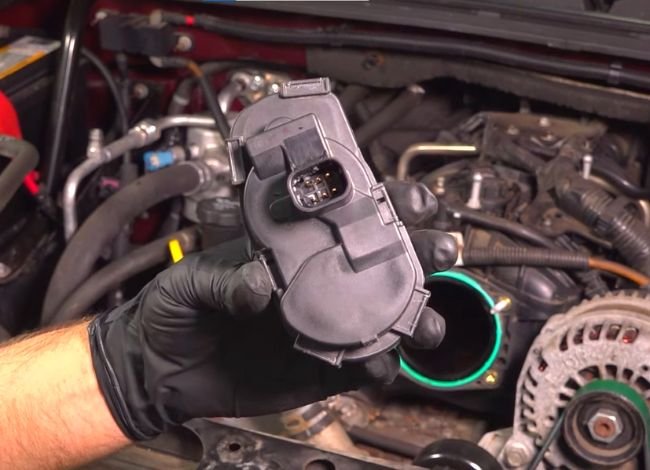
Stage-4
A filthy throttle body might bring on airflow problems and variable RPM. Cleaning the throttle body might help solve the issue. A malfunctioning mass airflow sensor can provide the engine with inaccurate data regarding the air volume entering the engine, causing the RPMs to fluctuate. The problem might be resolved by changing the sensor. Evaluate and correct the idle air control valve. When a car is idling, the idle air control valve manages the amount of air that enters the engine. Variable RPM when the automobile is idle may be addressed by checking and adjusting the valve. This has been the issue preventing a decent throttle movement.
Stage-5
You must always replace the damaged spark plugs. Worn or fouled spark plugs might bring on misfires and variable RPM. The issue might be resolved by changing the spark plugs. Examine and change the fuel injectors. The engine may receive insufficient gasoline if its fuel injectors are clogged or broken, resulting in variable engine RPMs. The problem might be resolved by inspecting and replacing the fuel injectors. Airflow problems and fluctuating RPM can result from an exhaust system that is broken or leaking. Issues with the exhaust system may be solved by addressing them. EGR valve maintenance or replacement. A clogged or broken EGR valve can give the engine inaccurate information about the exhaust gasses, causing the engine’s RPM to fluctuate.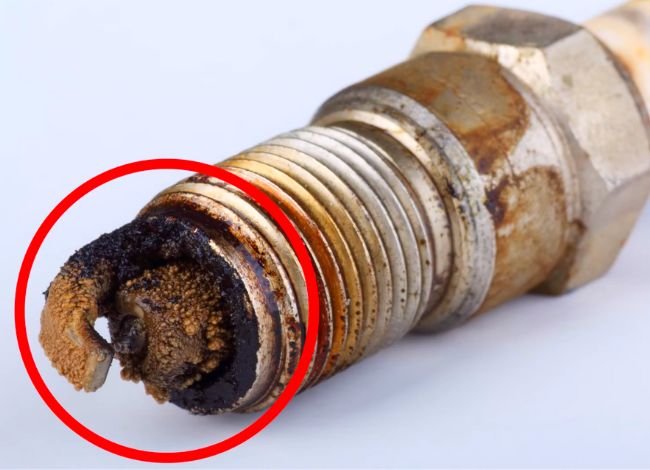
How do RPM Fluctuations Affect the Vehicle’s Performance and Fuel Efficiency?
RPM, which stands for revolutions per minute, measures how quickly an engine in a car rotates. RPM fluctuations greatly affect a car’s performance and fuel economy.
- The car may accelerate unevenly and move jerkily if the RPM is fluctuating, to start with. In addition to making driving more challenging, especially at higher speeds, this could strain the engine and transmission too much. Second, variations in RPM can impact how efficiently a car uses fuel.
- Increased fuel consumption and poor fuel efficiency result from running the engine at a higher RPM than necessary. Similarly to this, if the RPMs are continually changing, the engine might not be running as efficiently as it should, which would result in higher fuel usage.
- It’s critical to keep the engine well-maintained and treat any engine or transmission problems as soon as they arise to prevent these problems. Also, driving practices can impact a car’s RPM and fuel economy, so driving steadily and smoothly is critical, avoiding jarring acceleration and braking.
RPM Fluctuations: Automatic vs. Manual Transmissions?
RPM fluctuations can happen in both automatic and manual transmissions, although their causes and effects may vary. Some things can bring on variations in RPM in an automatic transmission, such as a damaged torque converter, a filthy or clogged transmission filter, or a broken sensor or solenoid. These variations can make the ride harsh or jerky, make the engine work more than needed, and lower fuel efficiency.
Driver mistakes, like incorrect clutch shifting, can result in RPM oscillations in a manual transmission. The clutch and transmission parts may experience excessive wear and tear as a result, and the ride may become rough or jerky. When a driver downshifts to slow down or maintain control on a steep downhill slope, RPM fluctuations in a manual transmission may occasionally be deliberate.
This can be carried out to maintain the engine’s ideal power range, enabling smoother and more controllable driving. Regardless of the type of transmission, it’s critical to take fast action to correct any RPM fluctuations because they can severely affect a vehicle’s performance, fuel economy, and longevity. Routine maintenance and prudent driving practices can also reduce the danger of RPM fluctuations and other problems.
Do Regular Maintenance to prevent RPM Fluctuations
Routine maintenance and tune-ups are crucial to avoid RPM swings and ensure a vehicle runs smoothly. Let us look into the significance of decent maintenance for Preventing RPM Fluctuations,
- Frequent maintenance can assist in locating and resolving faults before they escalate into bigger concerns.
- This can stop the engine and transmission from enduring excessive wear and tear, which can cause RPM variations and other performance problems. Keeping adequate fluid Levels. Variations in a vehicle’s RPM might result from low or unclean fluid levels, among other issues.
- By doing routine maintenance, you can ensure that all fluid levels are maintained correctly and that any filthy or deteriorated fluids are replaced. Examining and changing filters With time, air and fuel filters can clog, resulting in poor performance and fuel economy.
- If you need to avoid RPM variations and other problems, routine maintenance may ensure that these filters are inspected and replaced as necessary.
- Inadequate sensors or solenoids, for example, can be found and fixed during routine tune-ups to prevent more serious issues with the engine and transmission. You can abolish RPM swings and other performance problems this way.
Relation between RPM and other severe transmission issues
The relationship between RPMs and gearbox issues is strong since the transmission controls the engine’s RPM. By altering the gear ratio in response to the vehicle’s speed and the engine’s RPMs, the gearbox transmits power from the engine to the wheels. RPM changes and other performance concerns, such as gear slipping, can be brought on by transmission troubles. Increased RPM can result from the engine revving higher than usual if the transmission is slipping gears.
This may result in uneven car acceleration and reduced fuel efficiency. The RPM could fluctuate or unexpectedly drop if the transmission is moving quickly. This may cause the car to jerk or hesitate, as well as significant damage to the transmission’s parts.
The vehicle may crash due to faulty sensors or solenoids. The transmission may shift if there are difficulties with the sensors or solenoids, resulting in fluctuating RPM and other performance concerns. Low or deteriorated transmission fluid can make the transmission slip or shift incorrectly, affecting RPM fluctuations and other performance factors. The link between RPM and transmission problems is quite useful because of this.
Final Verdict
RPM fluctuations when driving may indicate many difficulties, such as engine, transmission, or driver faults. In order to stop future harm and maintain the vehicle’s longevity and dependability, any problems must be immediately resolved. Routine maintenance and tune-ups are crucial to prevent RPM swings and guarantee a vehicle’s smooth running. This entails testing and replacing filters, keeping fluid levels in check, attending to engine and transmission problems, and according to the manufacturer’s suggested maintenance schedule.
Driving gently and steadily is critical, avoiding jarring acceleration or braking, as these behaviors can also impact a vehicle’s RPM and fuel efficiency. Also, if there are transmission problems, fixing them is critical to limit future damage and guarantee the vehicle’s safe functioning. It’s crucial to have the car checked out by a skilled mechanic if you detect RPM changes while driving to find and fix any problems. Your vehicle will run smoothly and last longer if you maintain and take care of it properly. This will help you avoid RPM fluctuations and other performance problems.
Meet our professional car mechanic, Russell D. Steele, who has been in this field for five consecutive years and works with several automotive companies. He completed the "AUTOMOTIVE & LIGHT DUTY DIESEL TECHNOLOGY" course from NorthWest Lowa Community College, where he learned essential diagnostic and transportation management skills and became a certified mechanic.
Summary of Contents

